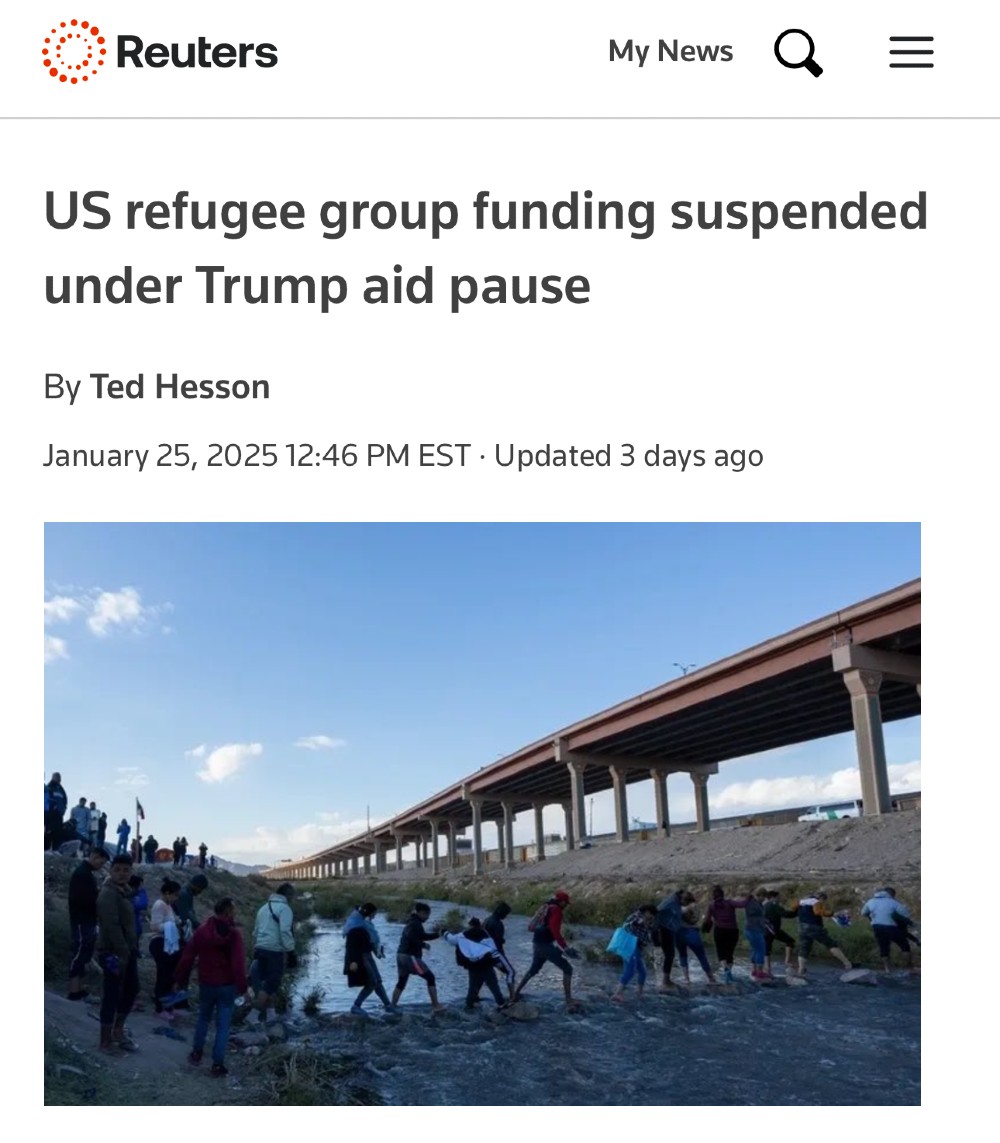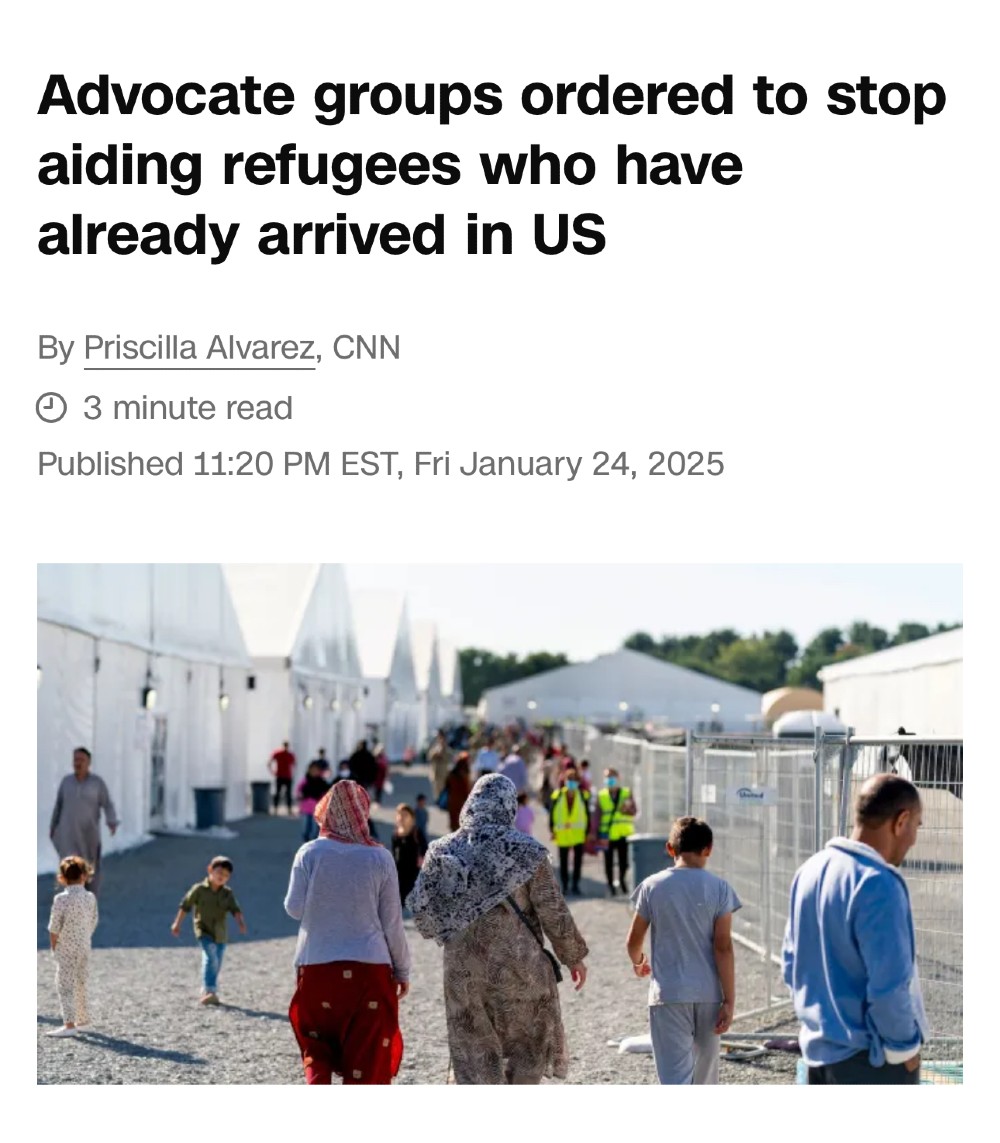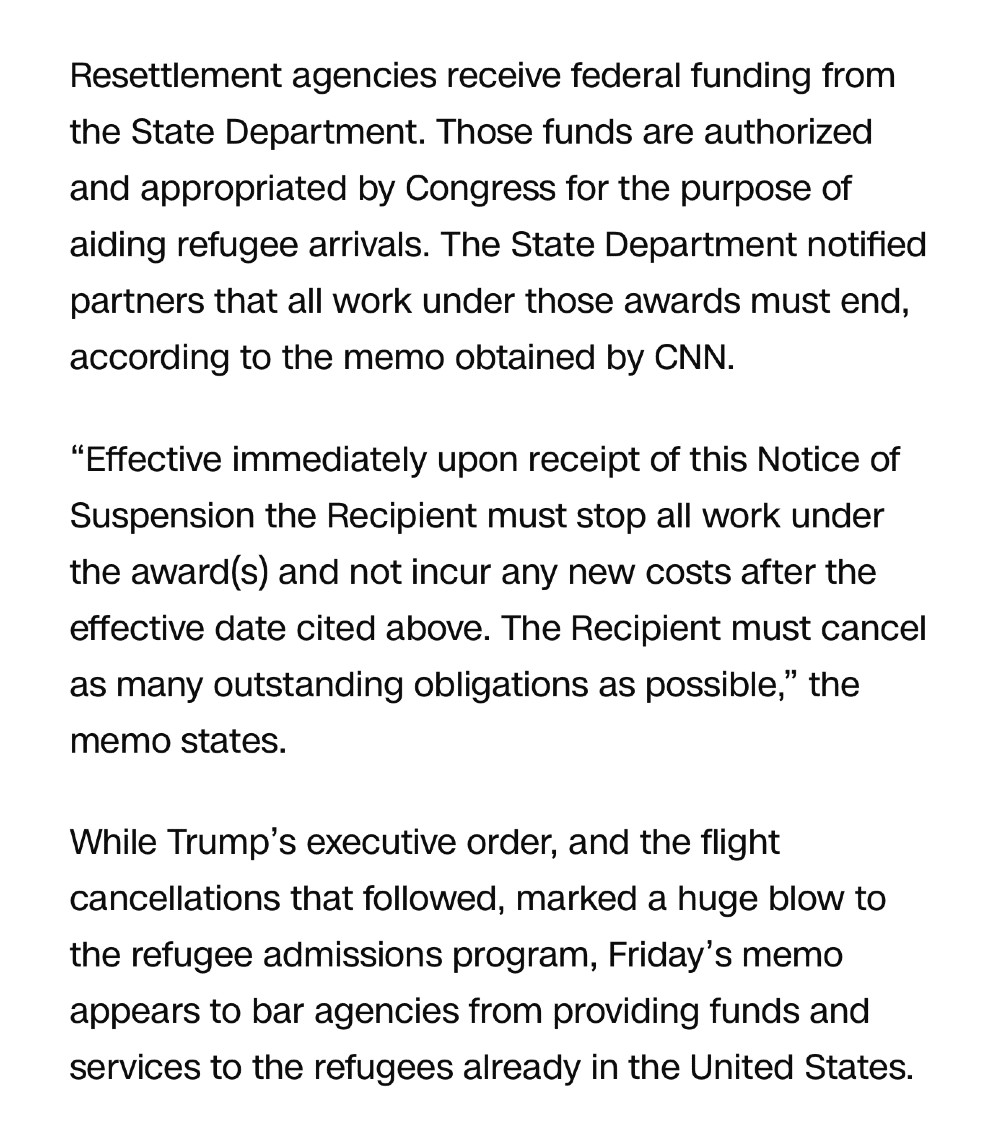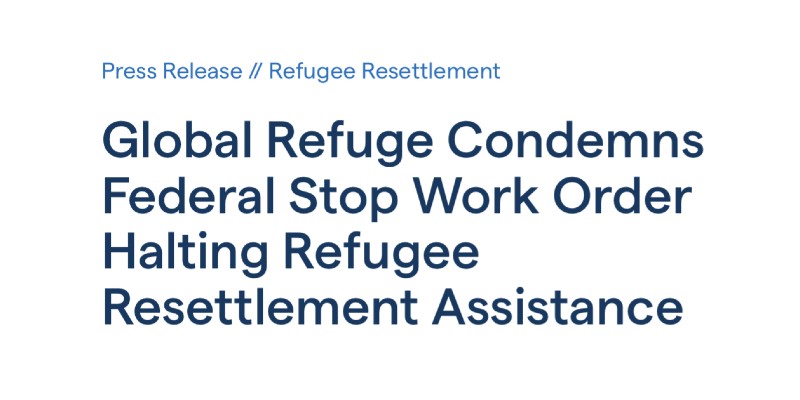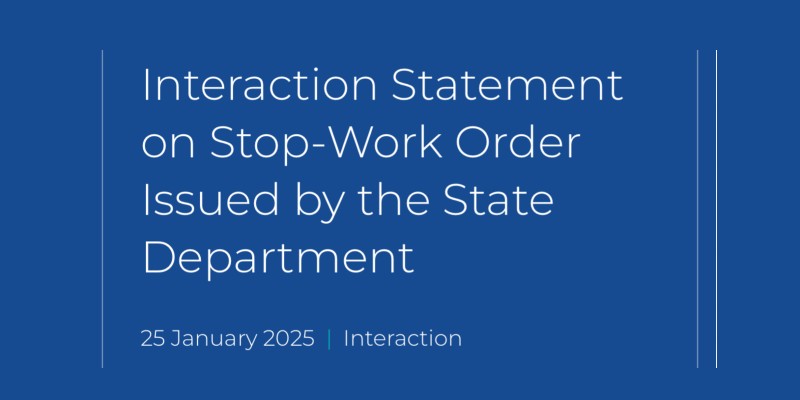Trump's offer to buy Greenland was treated as a tongue-in-cheek joke by friends and foes alike. But it was never as crazy as his critics claimed.
This week, it became a real political possibility.
That doesn't mean it's a sure bet.
But it could—and should—actually happen. 🧵
This week, it became a real political possibility.
That doesn't mean it's a sure bet.
But it could—and should—actually happen. 🧵

Back in 2019, when Trump first proposed to buy Greenland, the Prime Minister of Denmark—which currently owns Greenland—called it "absurd."
This week, Greenland announced their intent to pursue independence from Denmark. The PM says the process has "already begun."

This week, Greenland announced their intent to pursue independence from Denmark. The PM says the process has "already begun."


Now, to be clear, Greenland's political leadership has maintained that they aren't interested in being acquired—at least for now.
Last month, Greenland's PM insisted that "we are not for sale and will never be for sale." (Although he didn't specifically mention Trump's offer).
Last month, Greenland's PM insisted that "we are not for sale and will never be for sale." (Although he didn't specifically mention Trump's offer).

But despite its natural resources, Greenland’s economy is fragile—heavily dependent on fishing and grants from Denmark.
If they break from Denmark, they'll need new economic partnerships—and frankly, new benefactors. Joining our sphere of influence makes a great deal of sense.
If they break from Denmark, they'll need new economic partnerships—and frankly, new benefactors. Joining our sphere of influence makes a great deal of sense.

The U.S. has an extraordinarily powerful set of carrots and sticks, in this context—if we opt to use them. If we decide we're all-in on purchasing Greenland, it would be hard to stop us.
And from our perspective, the idea isn't as out-there as some people might think.
And from our perspective, the idea isn't as out-there as some people might think.
U.S. territorial expansion isn't ancient history. It's continued well into the modern era—including quite recently.
Just over a year ago, we gained roughly 386,000 square miles—more than two Californias—of maritime territory in the largest expansion since the Alaska Purchase.

Just over a year ago, we gained roughly 386,000 square miles—more than two Californias—of maritime territory in the largest expansion since the Alaska Purchase.


In terms of land mass, our most recent expansion was in 1947, with the Trust Territory of the Pacific Islands. After WWII, the UN placed the Pacific Islands under U.S. administration, adding new territory to the U.S. sphere of influence. (Though the arrangement ended in 1994).
America's major expansions—The Louisiana Purchase (1803), Alaska Purchase (1867), and Virgin Islands Purchase (1917)—were all criticized as foolish when they were proposed.
Alaska was famously panned as "Seward's Folly." Today, it's one of our most strategically vital states.
Alaska was famously panned as "Seward's Folly." Today, it's one of our most strategically vital states.

America was built by a restless, expansionist spirit—if we allow it to stagnate, we lose a key part of ourselves.
And there are good reasons to expand to Greenland:
• Strategic location for military defense
• Vast natural resources
• Control of vital Arctic shipping lanes
And there are good reasons to expand to Greenland:
• Strategic location for military defense
• Vast natural resources
• Control of vital Arctic shipping lanes

Greenland sits at a critical chokepoint between America and Europe. It's essential for missile defense and naval operations.
China knows this. They've repeatedly tried to build airports and research stations in Greenland—and even attempted to buy a former U.S. naval base there.
China knows this. They've repeatedly tried to build airports and research stations in Greenland—and even attempted to buy a former U.S. naval base there.

Greenland has some of the largest rare earth deposits outside China. These minerals are crucial for everything from smartphones to fighter jets.
Right now, China controls 80% of global rare earth production. Greenland could at least start to help us level the playing field.
Right now, China controls 80% of global rare earth production. Greenland could at least start to help us level the playing field.

The numbers are staggering. Greenland has:
• 38.5 million tons of rare earth oxides
• Massive uranium deposits
• Vast oil and gas reserves
• Precious metals
• Some of the world's largest fresh water reserves
And all of this will only become more accessible as ice melts.
• 38.5 million tons of rare earth oxides
• Massive uranium deposits
• Vast oil and gas reserves
• Precious metals
• Some of the world's largest fresh water reserves
And all of this will only become more accessible as ice melts.

Finally: Shipping lanes.
As Arctic ice recedes, new trade routes are opening up.
Whoever controls Greenland will have enormous influence over these new maritime highways. (That's why China is aggressively seeking to expand its foothold in the region).
As Arctic ice recedes, new trade routes are opening up.
Whoever controls Greenland will have enormous influence over these new maritime highways. (That's why China is aggressively seeking to expand its foothold in the region).

As for the "not for sale" thing—that has preceded almost every major territorial acquisition in U.S. history.
Napoleon initially saw Louisiana as part of a broader plan to rebuild France's empire in the New World. Just a few years later, he sold it to the U.S. for $15 million.
Napoleon initially saw Louisiana as part of a broader plan to rebuild France's empire in the New World. Just a few years later, he sold it to the U.S. for $15 million.

For years, Russian officials insisted Alaska was an integral part of the Russian Empire—until it wasn't.
Denmark initially refused to sell the Virgin Islands, despite early negotiations beginning in 1865. By 1917, strategic and financial pressures led to a $25 million deal.
Denmark initially refused to sell the Virgin Islands, despite early negotiations beginning in 1865. By 1917, strategic and financial pressures led to a $25 million deal.

Trump's proposal was a serious idea—and it's even more serious today than it was when he first proposed it. Expansion is a time-honored American tradition. (In a fundamental sense, it's the essence of the American ethos itself). 

• • •
Missing some Tweet in this thread? You can try to
force a refresh












